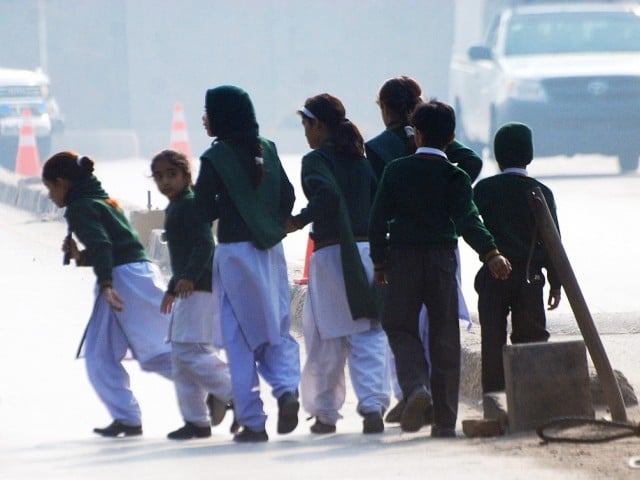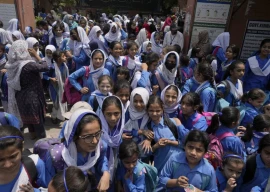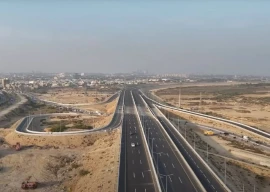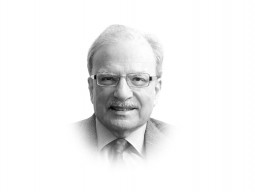
Despite the Pakistan Tehreek-e-Insaf (PTI) government’s repeated electoral victories and its apparent dedication to education and health, millions of children in Khyber Pakhtunkhwa (K-P) remain out of school.
Although illiteracy is a vice plaguing both the genders in areas faring poorly in terms of human development, the problem is exacerbated in tribal districts, where girls' education is more or less neglected. Furthermore, the fact that several areas in these regions still lack functional schools, either due to destruction caused by terrorism or natural disasters like floods, only adds to the exclusion of the children both from the local economy and the global village.
Despite an increase in the budget for education, many educational institutions in K-P continue to face financial difficulties. Dr Muhammad Uzair, Assistant Professor at the University of Peshawar, revealed to The Express Tribune that prominent universities, including the University of Peshawar, Agriculture University Peshawar, and Islamia College, were grappling with severe financial crises.
“Similar struggles are evident in the elementary and secondary education sector, where teachers frequently resort to protests to press for their demands. For the first time in K-P’s history, the provincial government amended the University Act, transferring the Chancellor’s authority from the Governor to the Chief Minister, further stirring debate among stakeholders," said Dr Uzair.
Dr Uzair went on to note that although billions were allocated for teachers' salaries, girl children in remote areas like Malakand, North Waziristan, and other tribal districts, remained deprived of education. "The government must ensure that by 2025, all out-of-school children, especially girls, are brought into schools," he stressed.
Similarly, Umar Aurakzai, an education expert, while talking to The Express Tribune revealed that gender disparity in schooling was particularly conspicuous in K-P where 74.4 per cent of girls were deprived of education, compared to 38.5 per cent of boys.
“Child labour is another significant barrier to education in K-P. The Child Labor Department Survey 2022-23 found that 19,000 children in K-P are working in agriculture and other sectors instead of attending school,” disclosed Aurakzai, who further informed that the provincial government had failed to improve the state of public education in 2024.
“The K-P Education Department has not achieved any significant education development goals in 2024. Teachers in elementary and secondary education were on the roads demanding promotions while classes were mostly boycotted,” he criticized.
Hence, Aurakzai strongly believed that there was a dire need for infrastructural upgrades across schools and other education institutions, which still needed the government’s attention.
“The government’s focus must shift from mere allocations to implementing reforms that improve access and quality of education. It must ensure that no child is left behind in terms of access to schooling,” urged Aurakzai.
It is ironic to note that K-P’s education budget has seen a significant increase over the years, with the allocation for 2021, Rs34.42 million, increasing to Rs70.26 million in the fiscal year 2024-25. Similarly, education spending as a percentage of the provincial budget also climbed from 4 per cent in 2021-22 to 6 per cent in 2024. Meanwhile, the overall current budget allocation for education witnessed a 9 per cent hike, while an additional 17 per cent increase was observed for 2024.
While the rising budget figures reflect the government’s commitment to education, the ground realities underscore a glaring gap between policy and implementation. For millions of out-of-school children in K-P, 2025 holds the hope of a brighter, more inclusive future, provided that the government abandons its inveterate tradition of breaking promises.



1736727549-0/booktok-(1)1736727549-0-165x106.webp)
1721647706-0/BeFunky-collage-(5)1721647706-0-165x106.webp)


















COMMENTS
Comments are moderated and generally will be posted if they are on-topic and not abusive.
For more information, please see our Comments FAQ